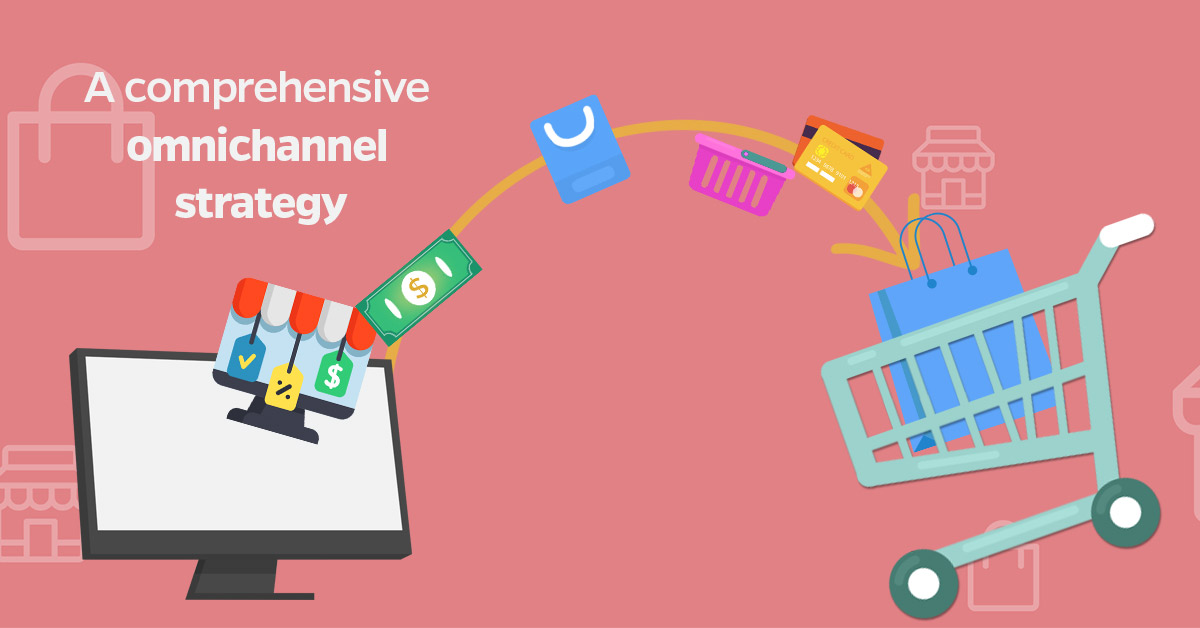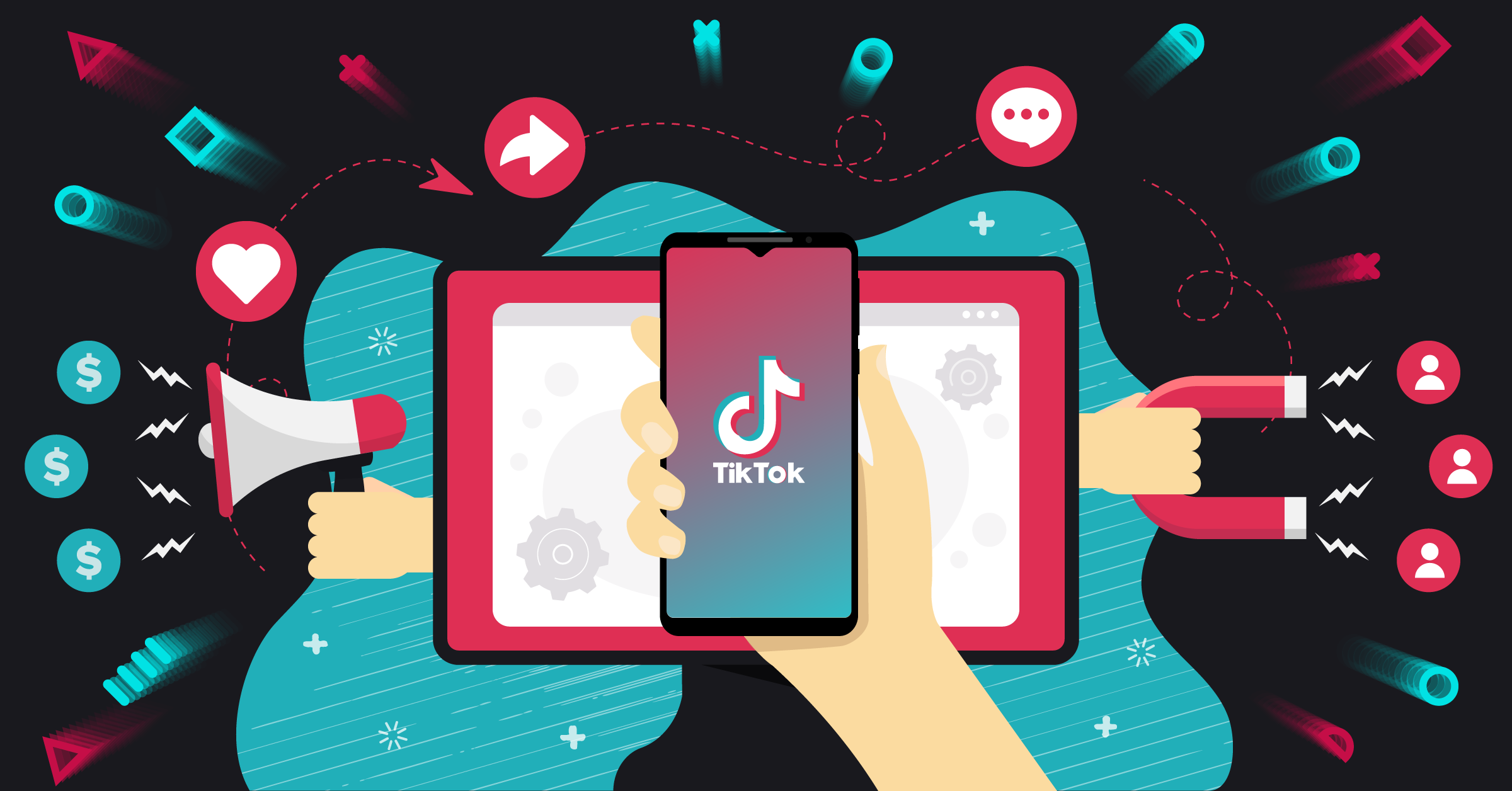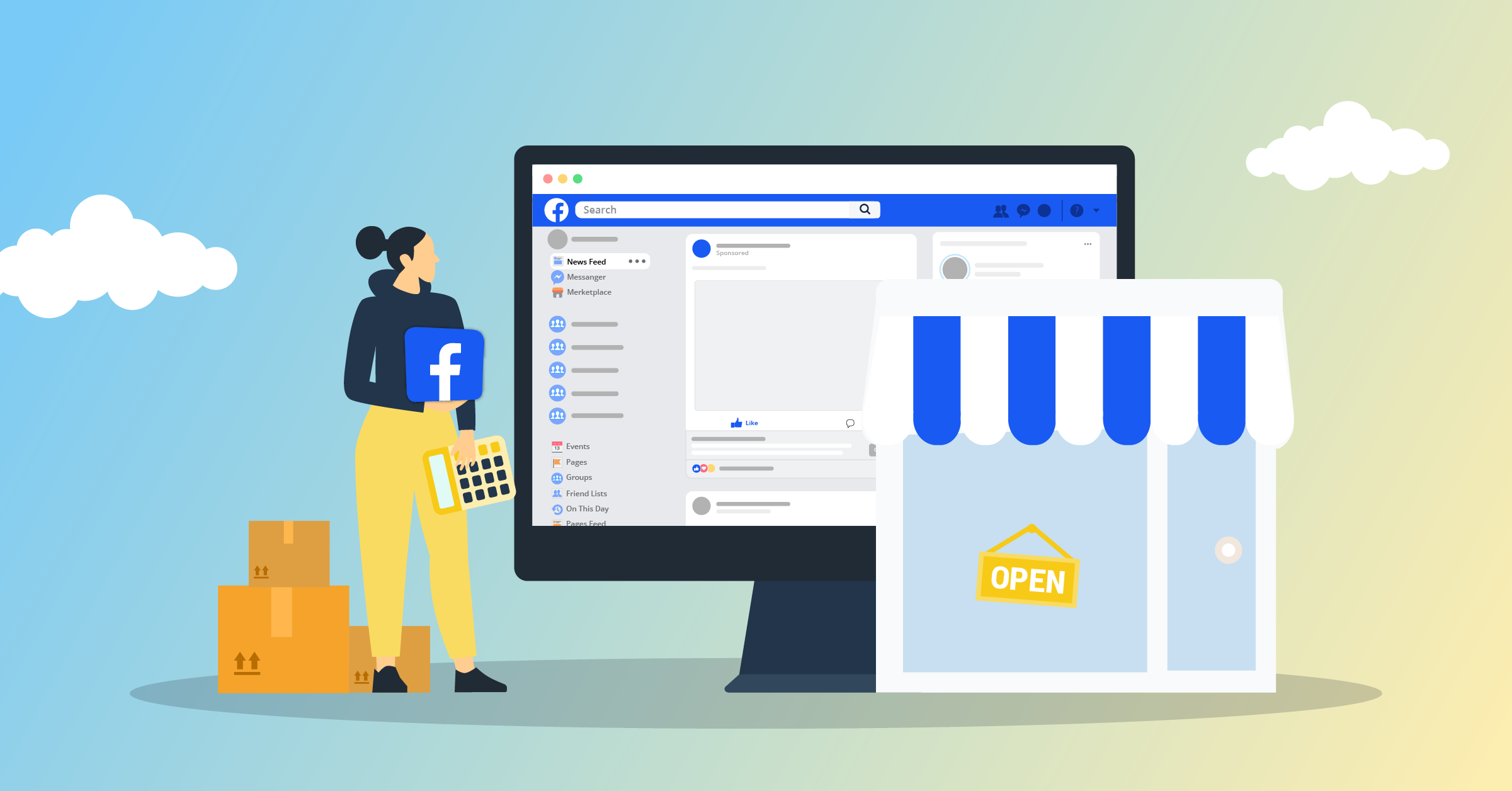
Today, a consumer has at least three devices on the average – a mobile phone, a laptop, and a tablet, all connected to the internet. They also have apps they interact with daily. This gives them more options than ever to interact with retail brands. A research carried out by the Harvard business review showed that 73% of customers use multiple channels during their shopping journey. They want to buy what they want, when they want and how they want.
Having multiple devices gives them the freedom to move seamlessly between different channels such as in-store, website, social media, and apps. This is known as omnichannel. Therefore, businesses must be able to seamlessly integrate their channels together to give customers a unique experience. But the truth is, 86% of e-commerce marketers are not using a complete omnichannel marketing strategy for their business.
If you don?t have an omnichannel strategy in place for your retail brand, now is the time to create it.
In this article, you will learn what Omnichannel retailing is, why it is so important and what are some ways your B2C retail brand can build an omnichannel strategy for your business.
Let’s get started.
What is B2C Omnichannel Retailing?
Omnichannel retailing is an integrated approach to sales and marketing that helps customers to experience seamless shopping on different channels such as the desktop, mobile phone, and the brick and mortar store. This helps your retail brand to show up everywhere your target audience is. It also helps to align your marketing efforts to provide the best customer service by offering your customers different ways to engage with your business while integrating them together to provide a holistic customer experience.
To achieve unified customer experience, you will need to connect and track customer engagement from different channels such as a website, Email, Apps, Social media, SMS, Messenger chat, live chats and brick, and mortar shops.
As a retail brand, you will need to tie all these channels together to achieve an omnichannel retailing.
Why is B2C Omnichannel Retailing important?
B2C omnichannel retailing is absolutely important. When you implement it in your business, you stand to gain the following benefits.
1.Increase in revenue
A study showed that companies that have executed the omnichannel strategy report an average of 9.5% year over year increase in annual revenue compared to the 3.4% seen by those who are not executing the strategy. This is because Omnichannel retailing makes it easy for customers to use different channels such as the website and mobile apps to view and buy products whenever they want and wherever they like. Customers who have access to omnichannel strategies are high spenders. A survey revealed that customers who used 4+ channels spent 9% more in the store, on average compared to those who used just one channel.
This means the more channels a customer use, the more money they will spend.
2.Improved customer support
Customers want an easy way to reach the support team whenever they need help. Using the Omnichannel retail strategy gives customers multiple ways to reach the support team. Studies showed that:
- Nearly 1/3 of customers report sending a mobile/SMS message to ask for assistance.
- 77% of customers aged 18-24 say they seek support on mobile more than once per month.
This shows that when you have more platforms where your customers can reach your support team, it will make it easy for them to quickly resolve issues on time before they get dissatisfied.
3.Greater customer satisfaction
Customers expect an easy way to reach the support team when they have questions. They want quick answers from the support team. When customers have an omnichannel experience with your retail brand, it will be easy and fast to get their issues resolved.? When this happens, your business will gain customers? trust and build deeper relationships. When a company provides excellent customer support, customers will pay 68% more to do business with them. Not only that, when customers are happy with the level of support they get, 80% of them will refer your business to their family and friends.
4.Increase in customer retention rates
When customers experience different buying experiences on their devices and they are satisfied, they become loyal to such business. Companies with a solid omnichannel strategy get 89% customer retention rate than the 33% of companies who are not totally executing the omnichannel strategy.
5.Better marketing campaigns
An omnichannel strategy makes it possible to collect data on customers and use it to create personalized offers and ads for them throughout the sales journey.
Now that you know the reasons you need to implement the Omnichannel retail strategy for your retail brand, the next thing is to learn how to create an omnichannel strategy.
How to Create a Comprehensive B2C Omnichannel Strategy
Do you know that about 55% of companies are not using the omnichannel strategy at all? The reason being lack of budget, time and expertise. However, you can create an omnichannel strategy for your business by starting small and walking your way up the ladder, one step at a time following the tips below:
1.Seamless Transition Between Digital and Physical
The retail industry is going through a rough time. There is less in-store traffic and most shops are closing their branches. For example, Sears announced the closure of 72 stores while Foot Locker announced 110 closures. ?Most of these shops are not using the omnichannel strategy.
Omnichannel retail strategy is not limited to the digital world alone, it also impacts the physical stores. Do you know that 67% of all Americans research online using different devices such as the computer, tablet, and smartphone to buy offline according to a Google survey?
To corroborate this data, Google and Ipsos MediaCT and Sterling brands partnered together to carry out a survey. In the survey, they discovered that three out of four shoppers who find local information in online search results helpful are more likely to visit stores.

Source: Think with Google.
Shoppers are likely to visit a store when they know the availability of the product they want to buy, the location and pricing at a nearby retail store. This is why 88% of consumers who search for a local business on a mobile device call or go to that business within 24 hours. This means you need to seamlessly integrate your digital and physical channels in such a way that customers can move from one to the other. For instance, customers can order online and pick up in-store.

An example of this is Starbucks. They have a mobile order and pay app where customers can order what they want and go to the store to pick it up. They call it ?Starbucks order and skip the line?. You can order on the app, pay and check out or pay in-store.
They make the customer journey seamless for their customers.
2.Web to Mobile Transitions
The number of smartphone users is on the increase. In fact, there are over 2.6 billion smartphone users and this number is expected to increase to 6.1 billion?users by 2020. Mobile devices help your audience to connect with your brand anywhere they are and whenever they like. It is very important and you need to incorporate it into your omnichannel strategy.
Most customers start their research on websites online and order through the mobile. So, create a seamless experience for users from the web to the mobile in such a way that they can order items on your website and complete the order on their mobile app when they are ready to make a purchase.
A good example is Disney.
Disney creates a powerful and seamless omnichannel experience for its customers. It starts with the website where users can book and plan their Disney trip with the MyDisney Experience tool. Here, you can choose the restaurants you want to eat, the resort you want to stay in and, where you want to visit, etc.

Once you are at the Disney Park, the Disney mobile app gets to work. It shows you how to locate the attractions you want to see and the waiting time for each of them. Your mobile can serve as your ticket to the attractions as well. They also have a magic wrist band that serves as a ticket, phone storage, a key to your hotel room and a payment card within Disneyland.
Disney gives its customers a seamless experience on multiple channels, such as the website, the mobile app and the Magic wrist band.
It is therefore important that your business creates a seamless shopping experience across the website and mobile device. This includes implementing a robust app consent management platform (CMP) for both web and app to ensure compliance with data privacy regulations and give users control over their information, fostering trust and loyalty.
3.Location-Based Intelligence
Location intelligence puts emphasis on the customer at the center of the shopping experience and not the physical store. This is because digital transformation impacts the channels you use to engage your customers.
Location intelligence provides retailers with new data points and insight that will help them give customers personalized experience in-store and online. This data and insights include customers? personas, interests, hobbies, lifestyles, demographics and life stages of prospective customers. Once, you have these data points about your customer, all you need do is to create unique touch-points for prospects across different channels such as online and offline.
A research carried out by Forrester revealed that 50% of firms believe that location intelligence is extremely critical, critical or important to their business. This number is expected to increase in the next three years.
With location intelligence, brick and mortar stores are driving more traffic to stores from people that are likely to buy. Also, it is helping e-commerce stores to know what their customer’s buying needs are. This helps businesses to craft marketing promotions based on insights on a customer’s persona.
4.Personalized communications
Customers appreciate the feeling of being known and taken care of even if it is tiny.? A survey carried out by Accenture revealed that customers are more likely to buy from a retailer (online, offline) that…

Personalization has become a must-have for retailers today and you must implement it in your marketing campaigns.
One of the best ways to do it is to use custom audiences. The truth is 1 in 4 minutes on mobile are spent on Facebook and Instagram, making it a useful channel to generate and nurture leads for your retail business. All you need is to create specific segments that are based on users? behavior stage in the funnel, recent purchases, etc. The custom audience tool helps you to know your audience better, and when you do, you can better leverage your marketing campaigns to send them more relevant online communication. This makes it easy to reach out to each prospect based on their specific characteristics and preferences which leads to more sales or your business.
If you have different campaigns running at all times, you need to always keep your audience updated. The best way to do that is by using a Custom audience sync tool such as the Leadsbridge?s custom audience sync tool. With this tool,? you can increase your sales with CRM and Email remarketing and automatically populate your audiences on Facebook and Google.
Leadsbridge custom audience sync tool integrates with your favorite CRM such as the AgileCRM, Aweber, Activecampaign, etc.
5.Bridge the gap between online marketing and offline interactions
Not too long ago, people refer to businesses as being online, offline or traditional. But in recent times, it is changing. Online ads are leading to in-store purchases. For example, a prospect can see an ad online and buy in the retail store offline. In fact, a study revealed that 60% of shoppers discover products online. Also, a study carried out by Gartner’s CMO spend survey revealed that 98% of marketers say online and offline marketing are merging. This means that the marketing world is fusing together.
Bridging the gap between online and offline interactions helps you to drive more in-store visits, reach shoppers likely to convert in your stores and increase the effectiveness of your ad spend.
This is where you need to implement the omnichannel strategy for your retail business so that you can create a holistic customer experience for your customers across different channels and touchpoints.
However, with the implementation comes a challenge. Most retail businesses don’t know how to measure the impact of online campaigns on their in-store sales.
The truth is, ?if you can’t measure it, you can’t improve it – Peter Drucker. This means what you can measure can be improved. Therefore, you need to track your online results to scale your marketing campaigns, especially if you use Facebook ads.
To do this, connect your first-party data to your Facebook campaigns through the Leadsbridge conversions sync.? When users click on your Facebook ads and purchase offline, Leadsbridge connects your CRM/POS inventory with Facebook. Facebook will match your advertising data with purchase data and shows you the offline sales that came as a result of the Facebook ads.
This will enable you to see the people who have seen your Facebook ads and engage with your business in-store. It will help you deliver ads to people who will likely turn to regular customers.
Conclusion
The omnichannel strategy is a must for the b2c retail brand. This is because you cannot decide what channel customers will use to engage with your business, it is the customer’s decision. This is why you need to determine to create the omnichannel strategy for your business to give your customers a seamless experience across different devices. With this, you scale up your conversion and build strong relationships with your customers.









